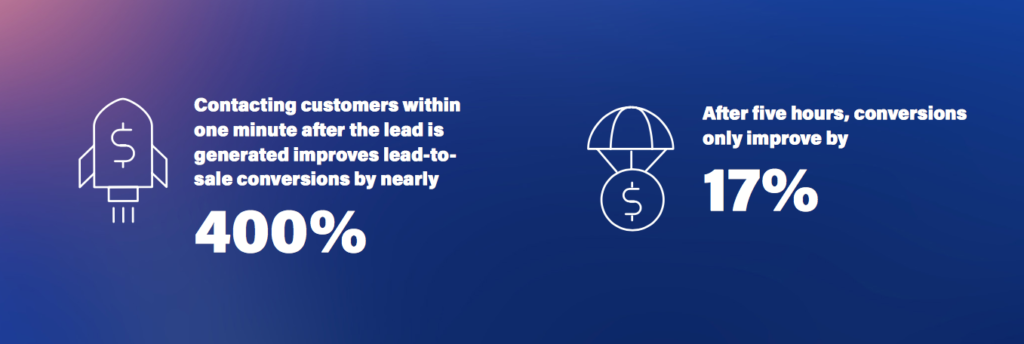
A Brighter Outlook on Solar Revenue Growth
Amy Hou | May 8, 2018 | Energy & Sustainability
The Trump administration’s new tariff on imported solar panels does not promise a positive impact for the solar industry. SEIA predicts that the tariffs could decrease the solar output originally forecasted to be installed in the U.S. this year by 18 percent, and lead to the loss of 23,000 jobs. However, the future of the industry isn’t all doom and gloom. A game-changing innovation has the potential to give solar revenue growth the jolt it needs, and it comes in the form of utility data.
Utility data can drive solar revenue growth in these three ways:
Accelerated Sales Cycles
At this year’s Greentech Media Solar Software Summit, Sunrun senior director of software product management Eric Reinhardt said it can take three to six months from the time when a homeowner starts researching solar to when it’s installed on their roof. Automating as many things as possible throughout that process ensures a closed deal and a happy customer.
Part of the reason today’s sales cycle is so long is that it’s time- and resource-intensive to evaluate a fit for prospects. On the other hand, with utility data on the backend, a solar installer can access a prospect’s actual address, electric usage, costs, and tariff. Now, before even sending someone out to the property for a site visit, the installer can assess system size, project customer ROI, and determine whether they’re a good candidate for solar, altogether driving more efficient sales cycles and faster closing.
Simplified Customer Experience
It’s important to establish that simplifying the customer experience doesn’t only boost customer satisfaction after the sale; it also drives the sale. According to Velocify Research, when it comes to solar sales, contacting prospects within a minute after a lead is generated increases lead-to-sale conversions by nearly 400 percent. In contrast, contacting them within five to 24 hours only increases conversions by 17 percent.
Utility data can help to speed up the process of putting together and returning a quote, to keep prospects engaged and produce a quantified effect on sales. Rather than asking a customer to dig through and upload 12 months of utility bills — or worse, manually enter monthly estimates of usage and cost — installers can simply ask for the customer’s utility credentials and receive all pertinent information automatically.
Enhanced Brand Trust
The solar industry hasn’t always had a sterling reputation with consumers. “There’s a common association that many homeowners have with solar,” said Luke Richardson, digital marketing specialist at EnergySage. “It has to do with pushy door-to-door solar sales reps that pressure consumers to sign a 20-year solar contract before they explain the full scope of the offer or the credibility of the solar company.” Solar installers have a unique opportunity to improve upon this perception by standing out from the crowd with credibility.
Luckily, utility data can help. Building proposals on actual data, rather than estimates, results in savings for the homeowner that live up to expectations. Installers can use utility data to show homeowners that they understand their specific circumstances and are confident about the actual benefits a solar installation will produce for them. Not only will using accurate data enhance the credibility of an individual installer’s brand, but it will also enhance trust in the solar industry as a whole, supporting long-term solar revenue growth.
To learn more about how utility data can drive solar revenue growth, and the best ways to access utility data, check out our new eBook.
You may also like:
- 5 Ways to Accelerate Solar Sales with Utility Data
- Data and Solar: A Horse-and-Carriage Marriage
- A Macro Look at Microgrids
If you like what you’re reading, why not subscribe?
About Amy Hou
Amy Hou is a Marketing Manager at Urjanet, overseeing content and communications. She enjoys writing about the latest industry updates in sustainability, energy efficiency, and data innovation.
You May Also Like
Support Business Continuity by Embracing ESG
Honor Donnie | March 18, 2022 | Energy & Sustainability

